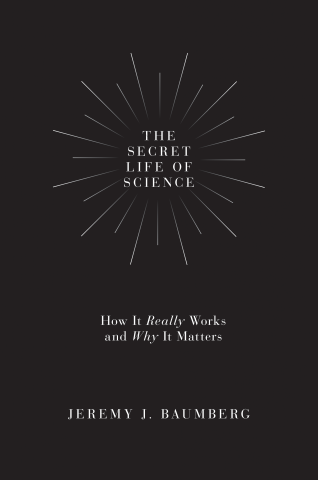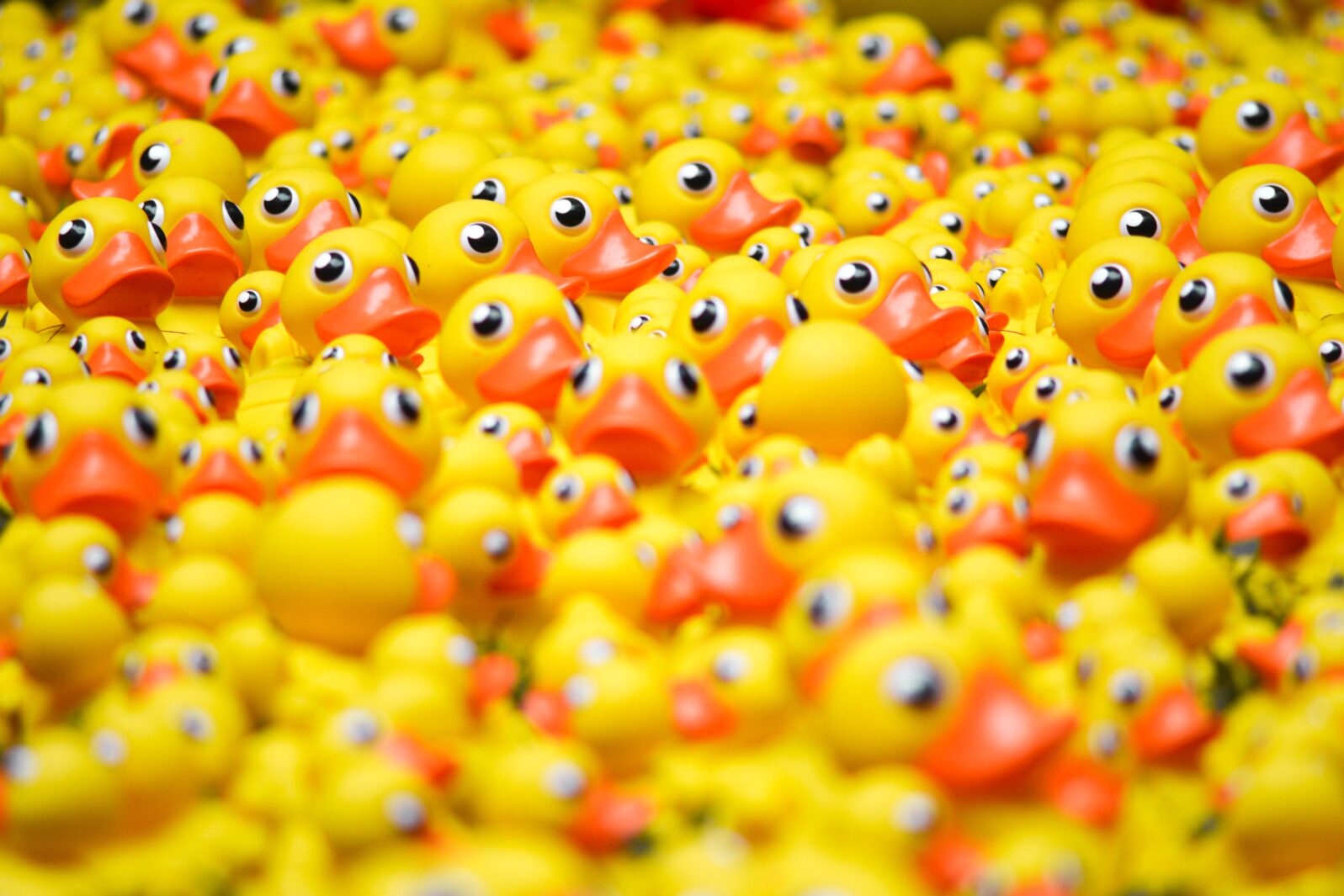Does digitization threaten science?
It enables new abuses, according to a Cambridge nanoscientist Jeremy J. Baumberg, author of The Secret Life of Science: How It Really Works and Why It Matters, reflects on the uses and abuses of instant rankings of research:
Jeremy J. Baumberg, author of The Secret Life of Science: How It Really Works and Why It Matters, reflects on the uses and abuses of instant rankings of research:
Just as “trending” topics in the media can come to dominate public attention, trending research areas attract the vast majority of funding. Support for parallel research in the same areas reduces the efficiency of each investment, and such herding behavior by donors may even preclude some of the most significant advances, which often come as a result of combining the results of seemingly unrelated research.
The digitization of knowledge has intensified these effects. The currency of science is the citation – when one scientist refers to another’s previously published work. With all scientific publications recorded digitally, citations can be counted instantly, allowing scientists to be ranked accordingly.
The “h-index,” for example, attempts to measure the productivity and impact of a particular scientist using citation data – and it has become a kind of currency. If a scientist’s h-index is their bitcoin – convertible through salaries and research grants – then citations are the blockchain on which it depends. Now, again, the same researchers producing the same types of research are being rewarded disproportionately, leaving less room for those with less of this quantifiable esteem. Jeremy J. Baumberg, “What Is Threatening Science?” at Project Syndicate
The problem is not digitization as such, of course, but the mindset that it inadvertently encourages. Sometimes, for example, “citation rings” agree to cite each other’s papers so as to artificially inflate their rankings. Sometimes it graduates to “citation stacking”:
Because each article avoided citing papers published by its own journal, the agreement flew under the radar of analyses that spot extremes in self-citation — until 19 June, when the pattern was discovered. Thomson Reuters, the firm that calculates and publishes the impact factor, revealed that it had designed a program to spot concentrated bursts of citations from one journal to another, a practice that it has dubbed ‘citation stacking’. Four Brazilian journals were among 14 to have their impact factors suspended for a year for such stacking. And in July, Rocha-e-Silva was fired from his position as editor of one of them, the journal Clinics, based in São Paulo. Richard Van Noorden, “Brazilian citation scheme outed” at Nature
There is even the use of citation as a political football (“citational politics” ): not citing a relevant author for reasons of race or sex. Programs to spot abuse of citations will only help if the abuse is seen as a problem.
The other two trends Baumberg worries about are globalization, which reinforces a level of homogenization that might hurt innovativeness, and the growing number of scientists, which may simply produce more competition rather than more discoveries.
He’s not downbeat; rather, he thinks like an ecologist: “… science is an ecosystem. Just like any other ecosystem, it is characterized by the push and pull among competing actors.” Too much emphasis on any single component is a problem.
See also: Will AI liberate or enslave developing countries?
